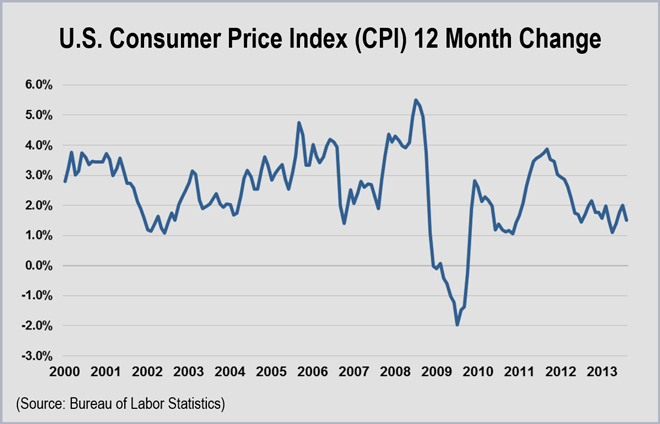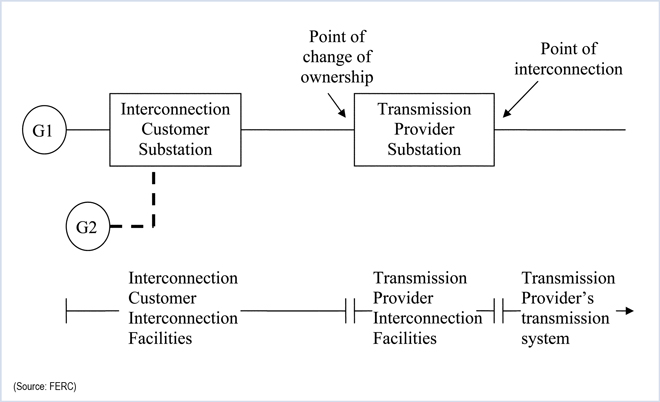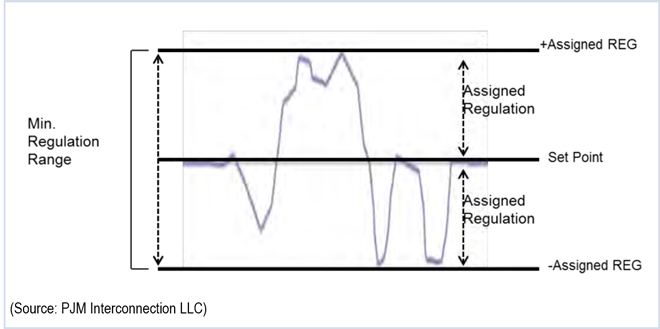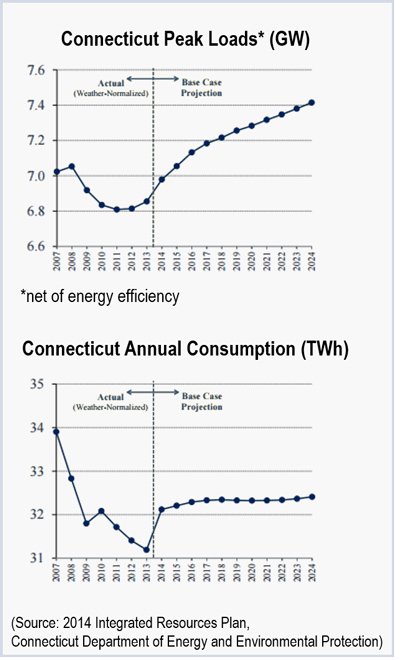By Rich Heidorn Jr.

On Feb. 13, NYISO proposed paying voltage support service (VSS) providers $2,592/MVAr for both leading and lagging capability, with annual increases based on the consumer price index (CPI). MVAr is the unit of measurement for reactive power capability.
The current rate is $3,919/MVAr annually based on lagging reactive power capability alone. Although the new rate is lower, the inclusion of both leading and lagging capabilities in the calculation is expected to result in total compensation about equal in the first year to how it has been in past years.
The proposal, the result of more than a year of discussions, won support of almost 80% of stakeholders, including more than half of the generation owners that voted, at the Nov. 20, 2014, Management Committee meeting, the ISO said.
On March 6, however, the Independent Power Producers of New York and Dynegy Marketing and Trade filed separate protests asking FERC to order the ISO to increase the compensation rate to reflect inflation since the existing rate was set in 2002.
IPPNY said it agrees with the ISO in using the CPI to escalate future payments. “If this reasoning serves to justify the use of the CPI to track inflation of costs from this point forward, the commission should apply the same reasoning retroactively to the escalation of costs over the last decade,” the group said.
NYISO said the proposal to include an inflation adjustment in the compensation proposal “was one of the most contentious issues addressed in the stakeholder process.” The ISO’s initial proposal in September 2013 did not include any escalation for past or future inflation. The ISO added a going-forward inflator to its revised proposal to stakeholders in December 2013.
“Although a majority of stakeholders supported increasing the annual VSS compensation rate, they considered, and rejected, a proposal to escalate the proposed starting point for the 2014 VSS compensation rate by applying the annual CPI for each year from 2002 through the present,” the ISO told FERC. “Neither did any NYISO market participant present any evidence during the stakeholder process to indicate that the existing compensation rate, as approved in 2002, was unreasonably low.”
NYISO said it proposed the compensation changes due to the increased need for leading reactive power support. Since 2010, the number of requests for leading reactive power support has increased due to higher off-peak transmission voltages, the ISO said. More than 90% of the ISO’s reactive power support requests since 2010 have been for leading reactive power; before 2010, more than 90% of the requests were for lagging reactive power support.



